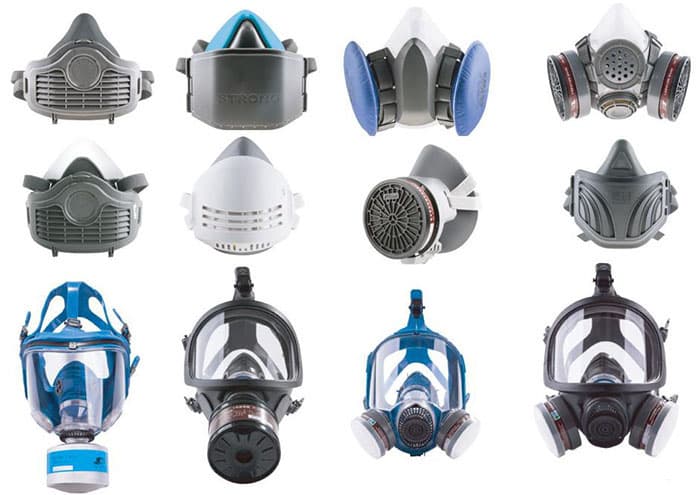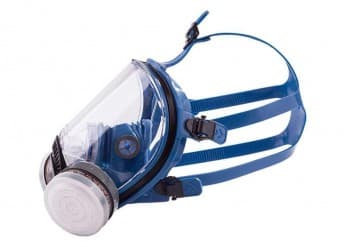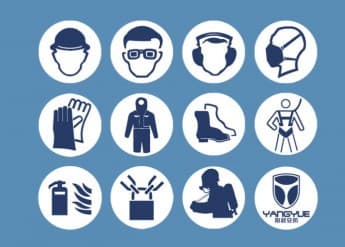Working Safety With Respiratory Protection
The best way to control respiratory hazards is to isolate or remove the hazard so that respiratory equipment will not be required.
This may involve in closing or confining the operation, ventilation for substituting less toxic materials. If these measures are impractical or not sufficient to reduce atmospheric hazards to an acceptable level, respiratory protection will be required.
Respirator are used in many workplaces, including manufacturing facilities, petrochemical plants, construction sites, agricultural operations, maintenance facilities and hazardous waste sites. The two basic types of respirators are air purifying and atmosphere supplying. Air purifying respirators use filters, cartridges or canisters to remove contaminants before they enter air supply. The filtering element is generally a removable component of the facepiece. Atmosphere supplying respirators provide clean air from uncontaminated sources. One type is self-contained breathing apparatus or SCBA. The supplied air respirator or SAR is the other type. The worker being tested should wear a respirator of the same make, model, style and size that will be used on the job. The test respirators should be worn for at least 5 minutes before starting exercises. And all other safety equipment that will normally be used should be worn during the test. There are 2 types of fit tests: quantitative and qualitative. In a quantitative fit test, a sampling probe measures the presence of contaminants inside the mask. If the test is positive, indicating an unacceptable seal, the test must be replaced using a different size or a different model respirator. In a qualitative fit test, a substance such as banana oil will be released into the chamber. If the subject can smell the test agent, the respirator is improperly fitted or is not operating properly and the test must be repeated with a different size or model respirator. You can only be certain that a respirator is free of dirt, chemicals and bacteria and is functioning properly if you clean and inspect it yourself. This is especially true if you are sharing a respirator. Respirator should be cleaned and disinfected regularly according to manufacturer’s instructions. Respirators used for fit testing or emergency use must be cleaned and disinfected after each use.











